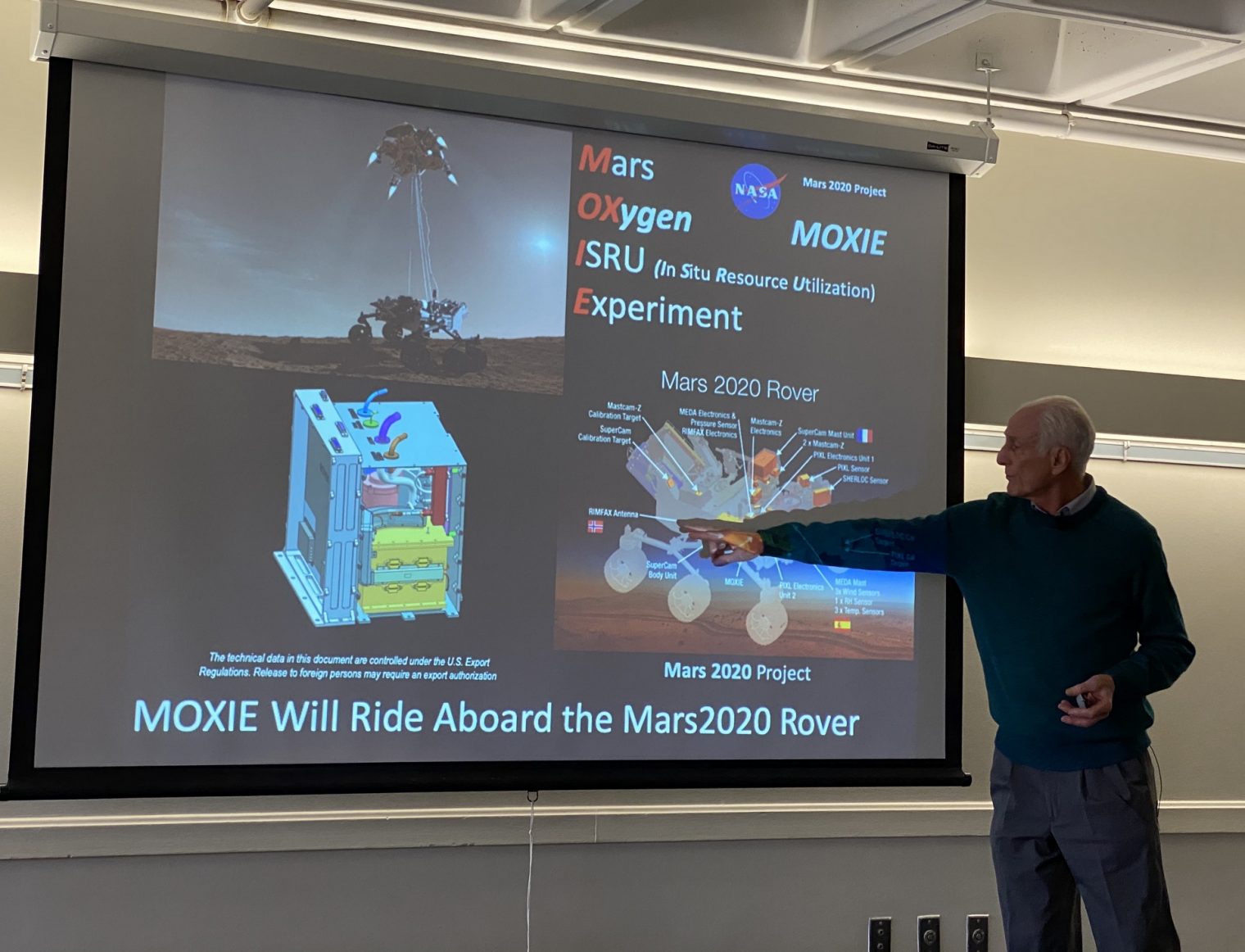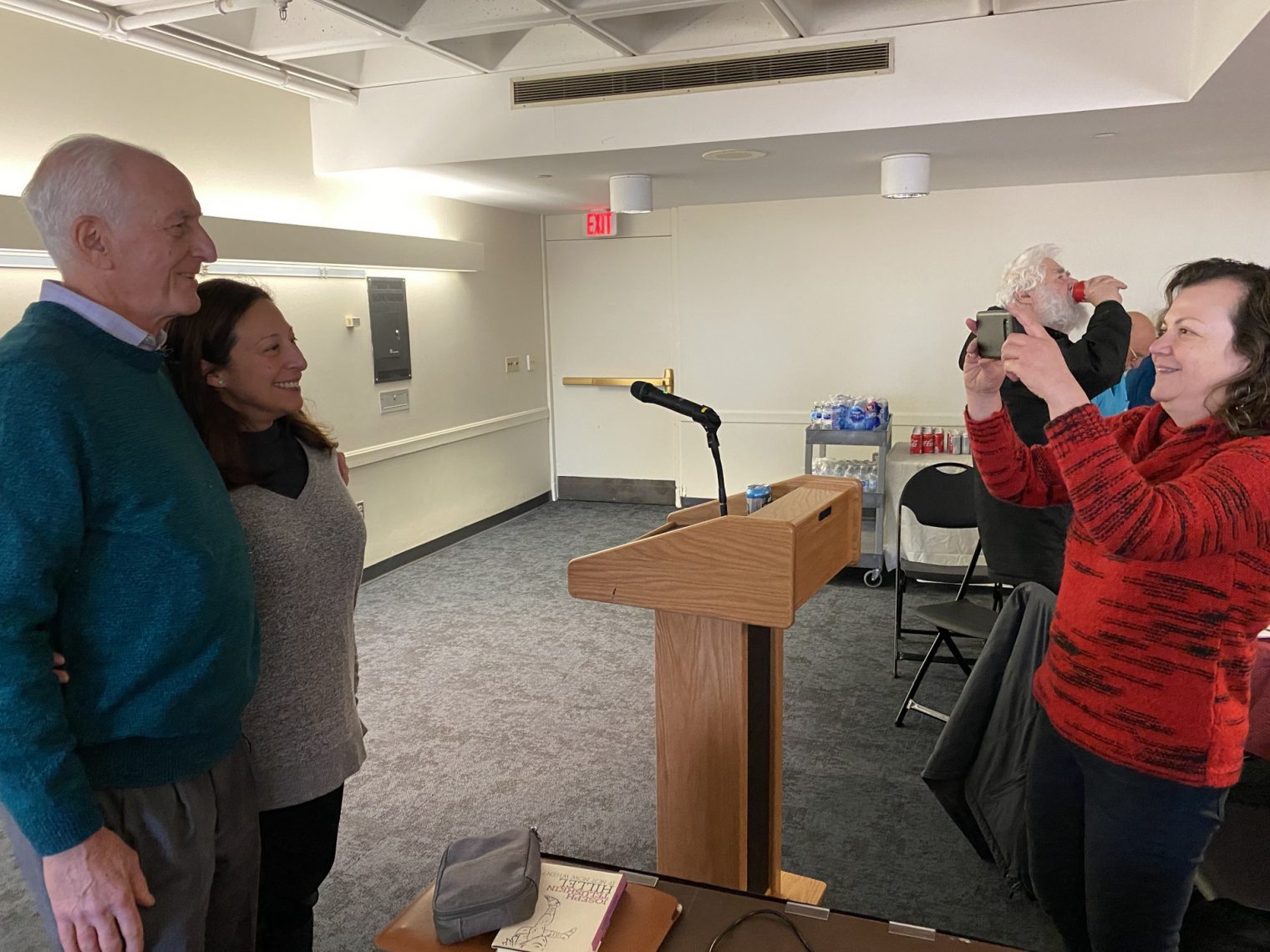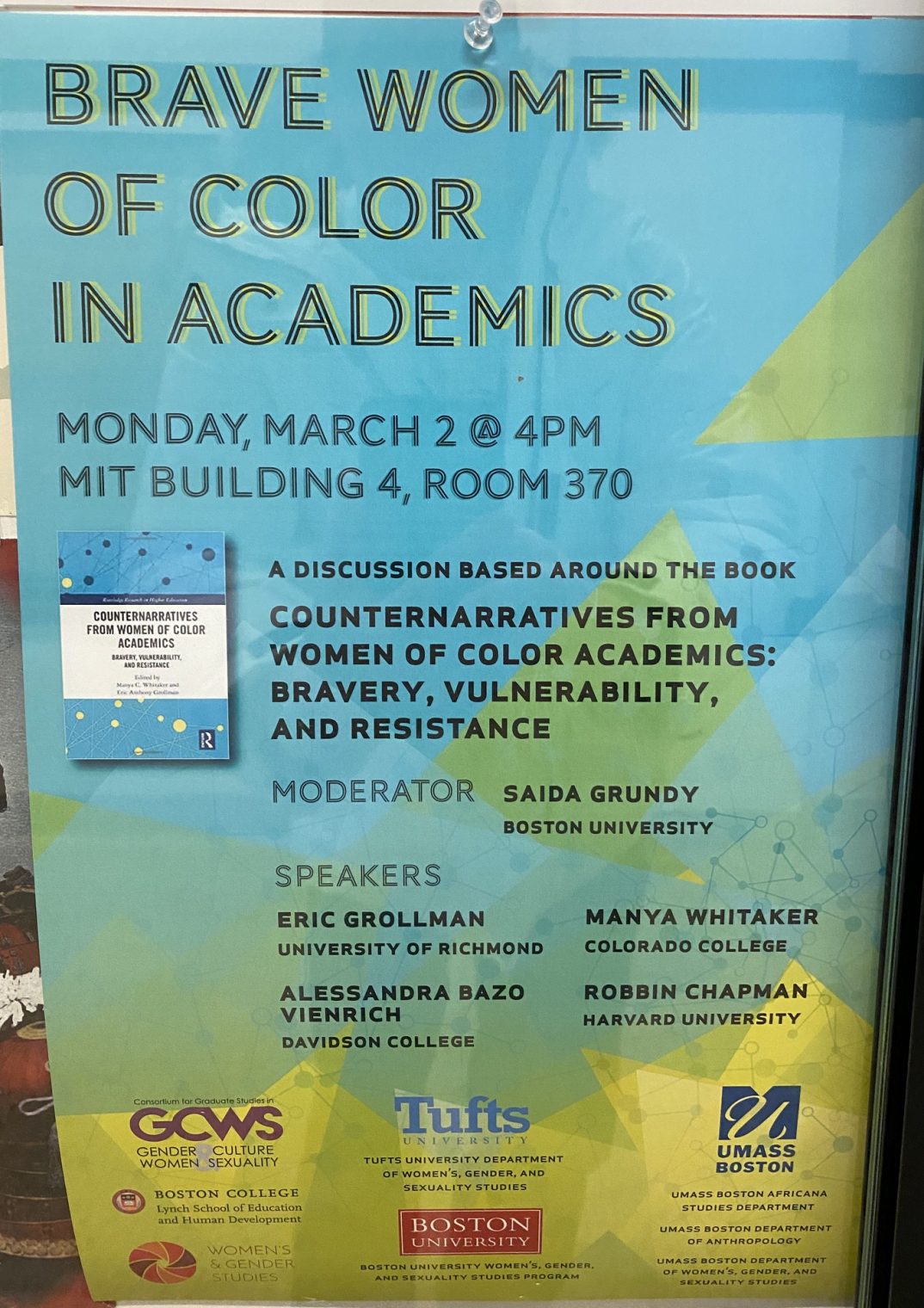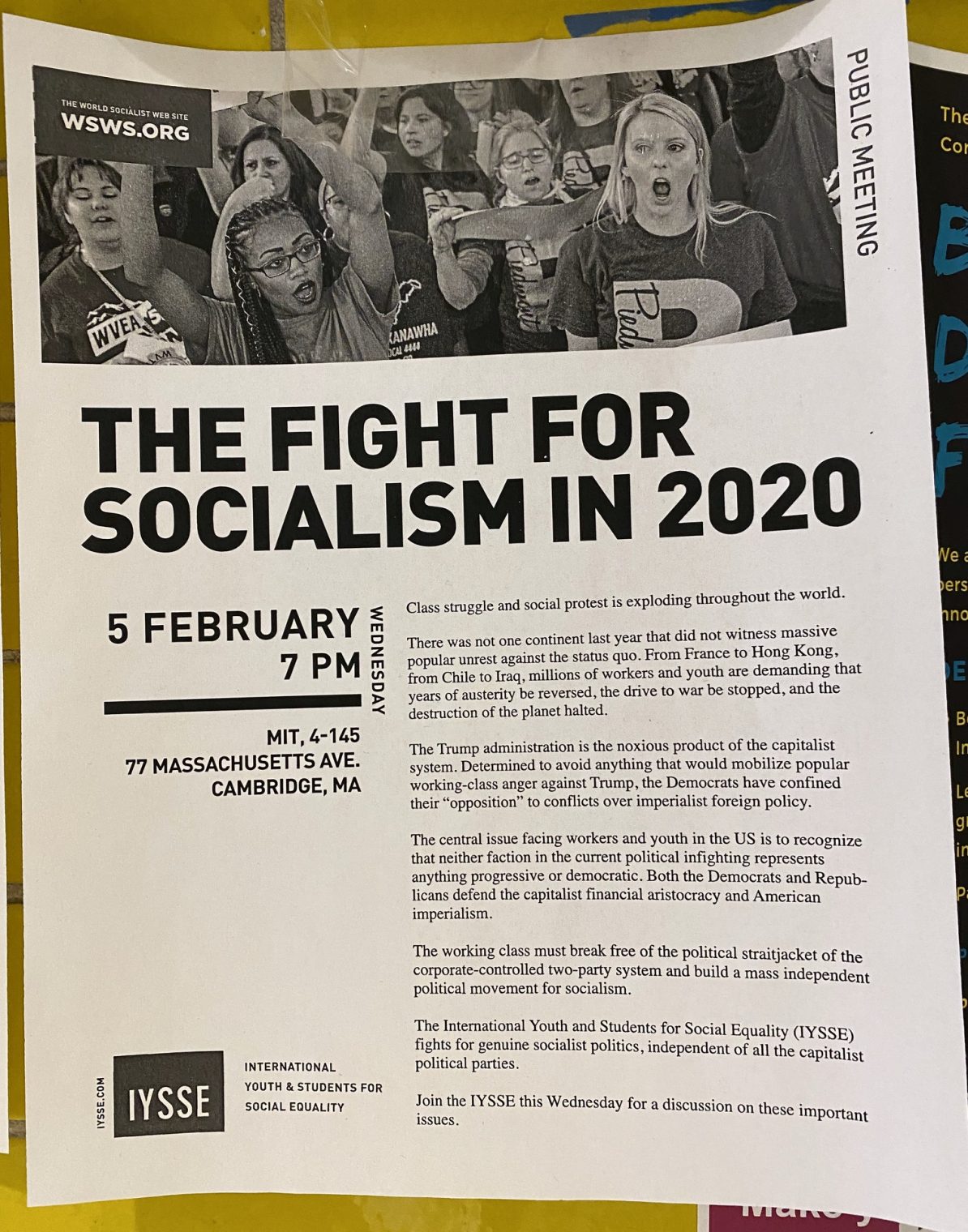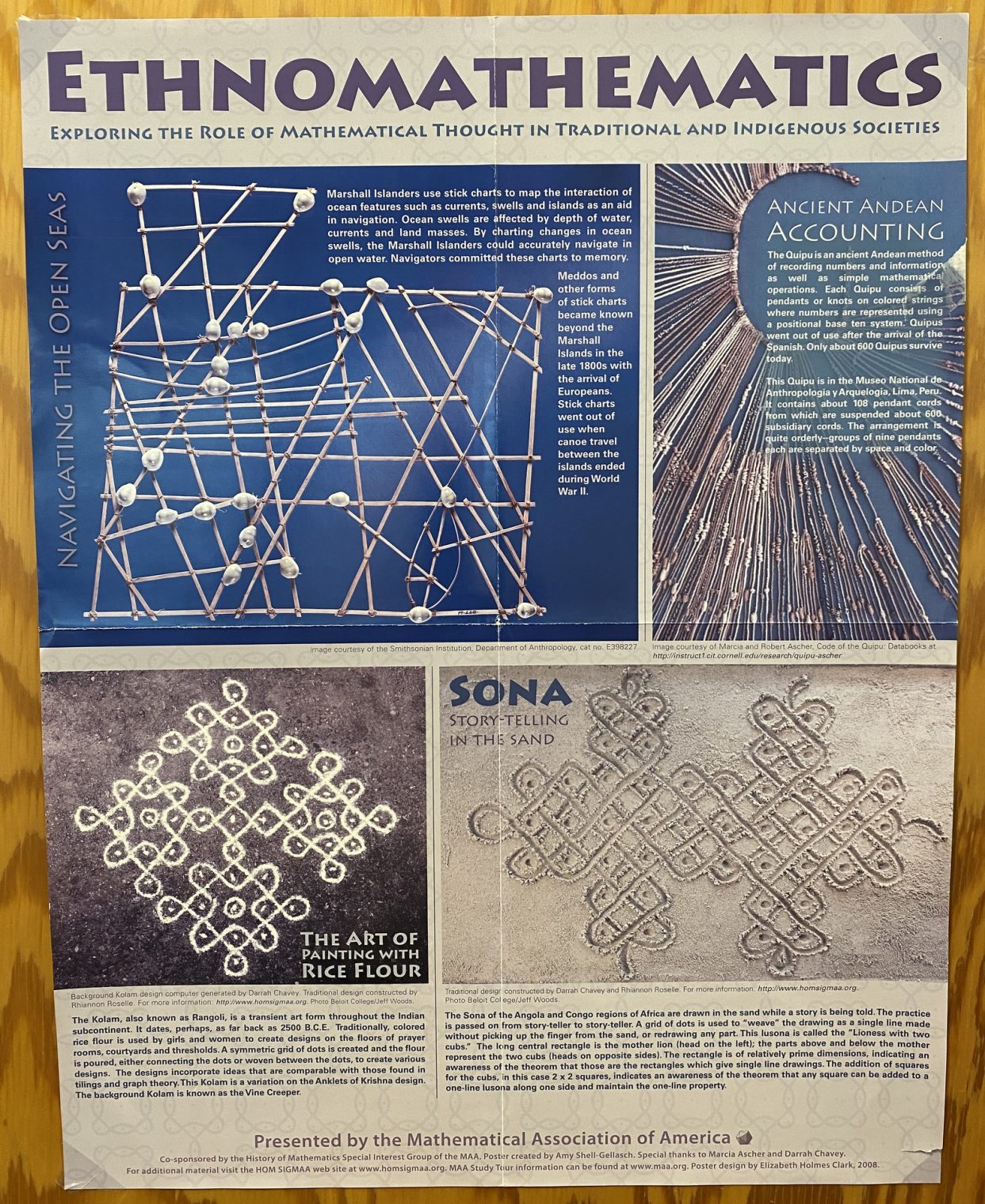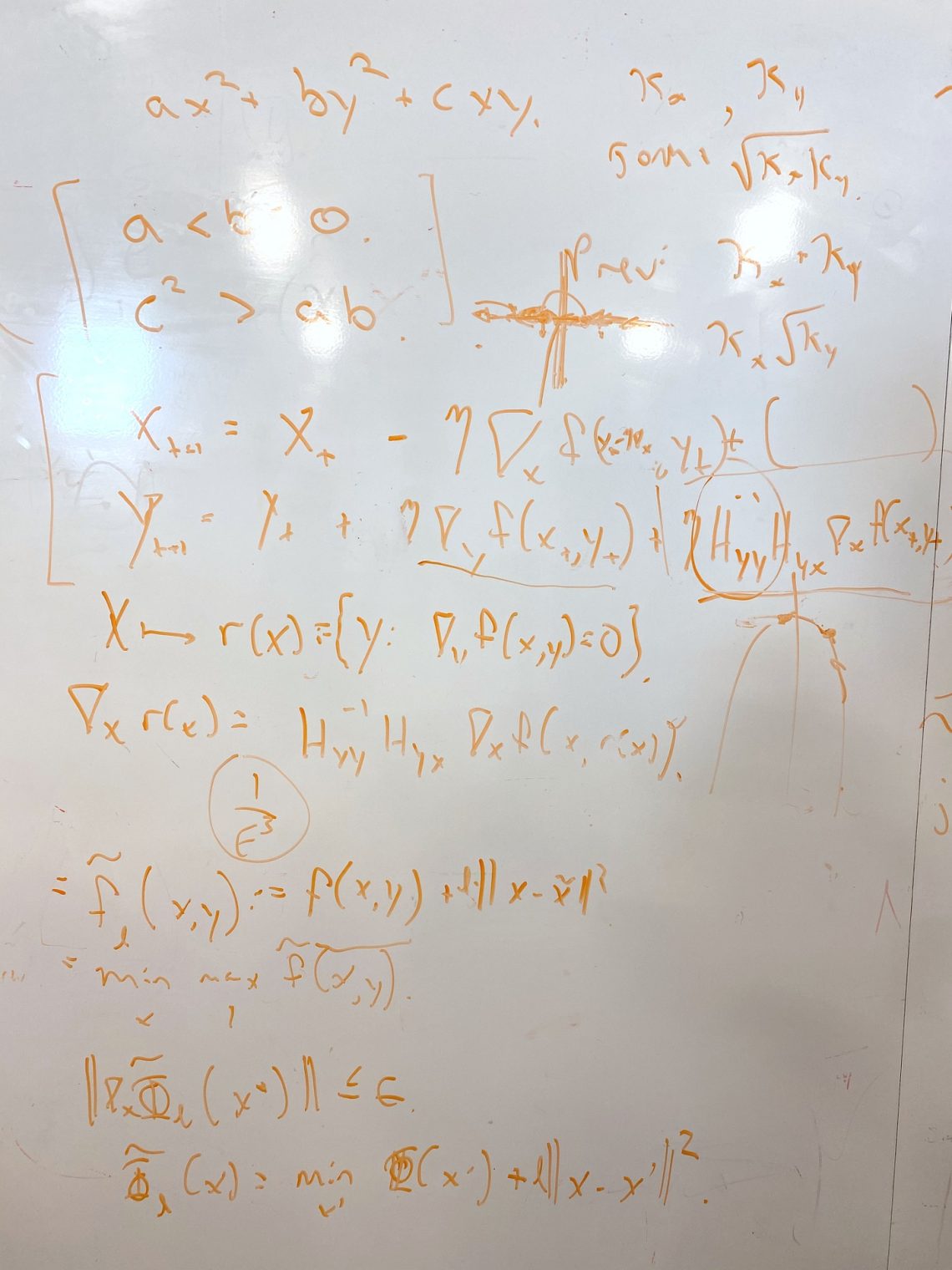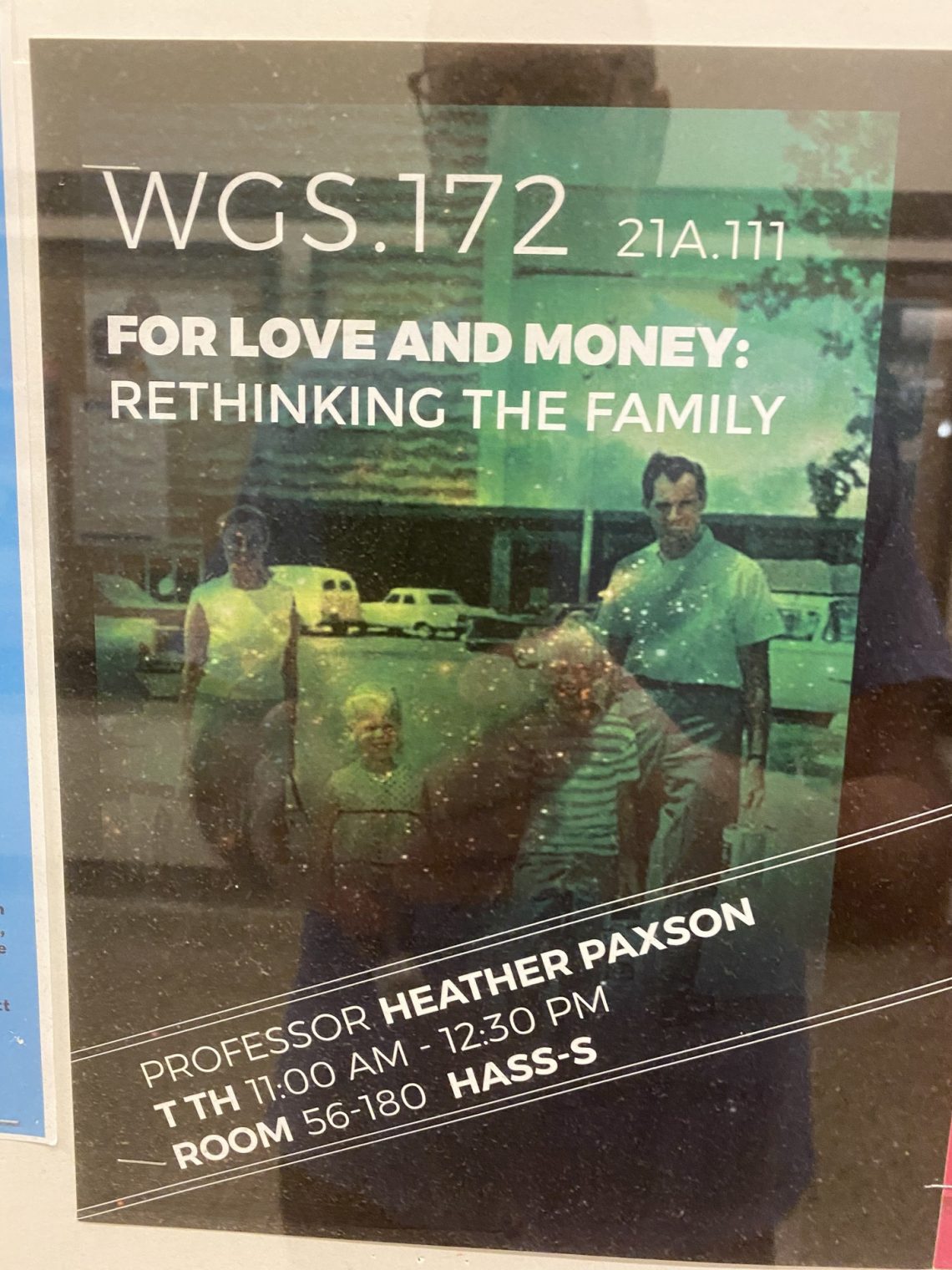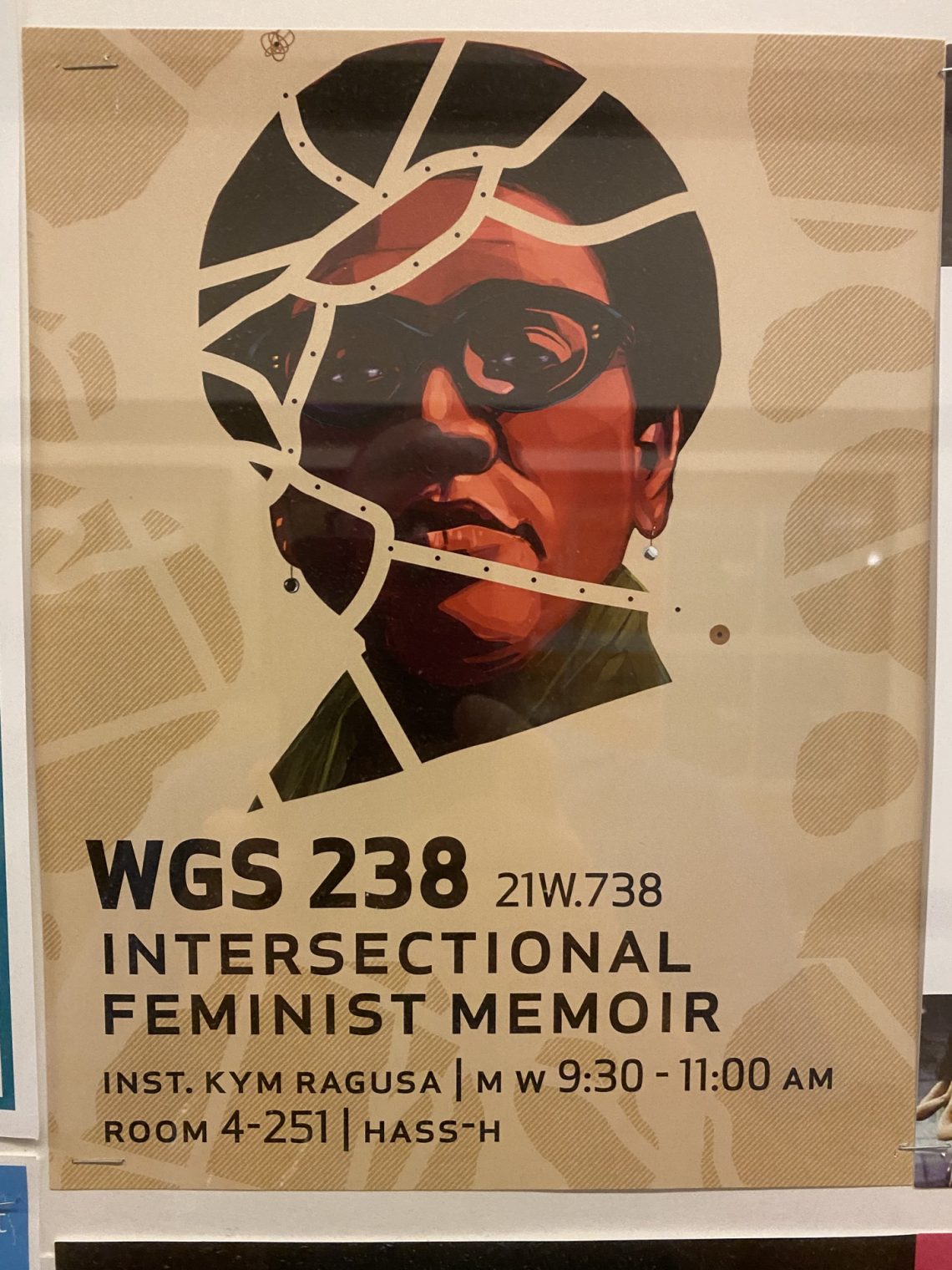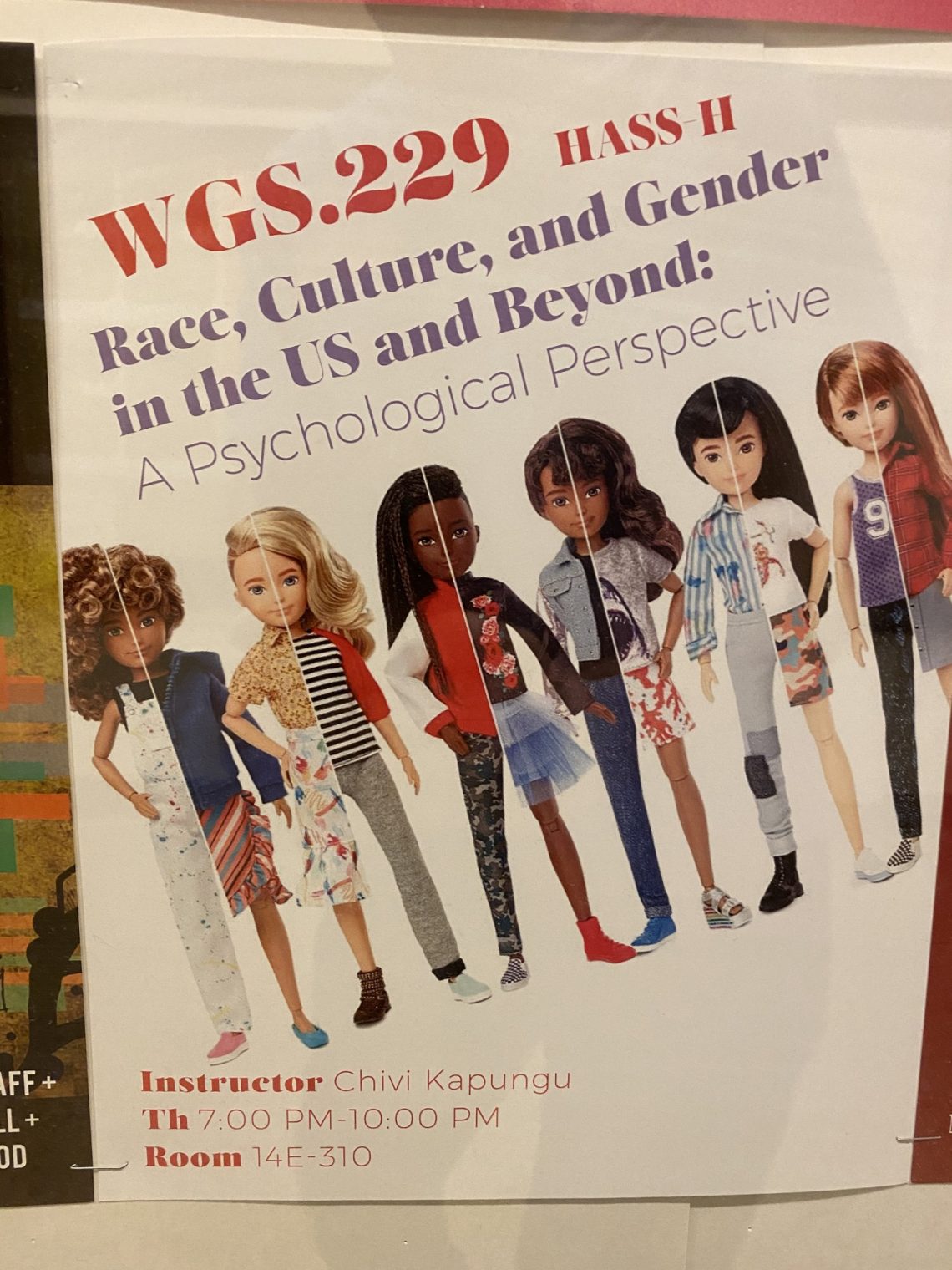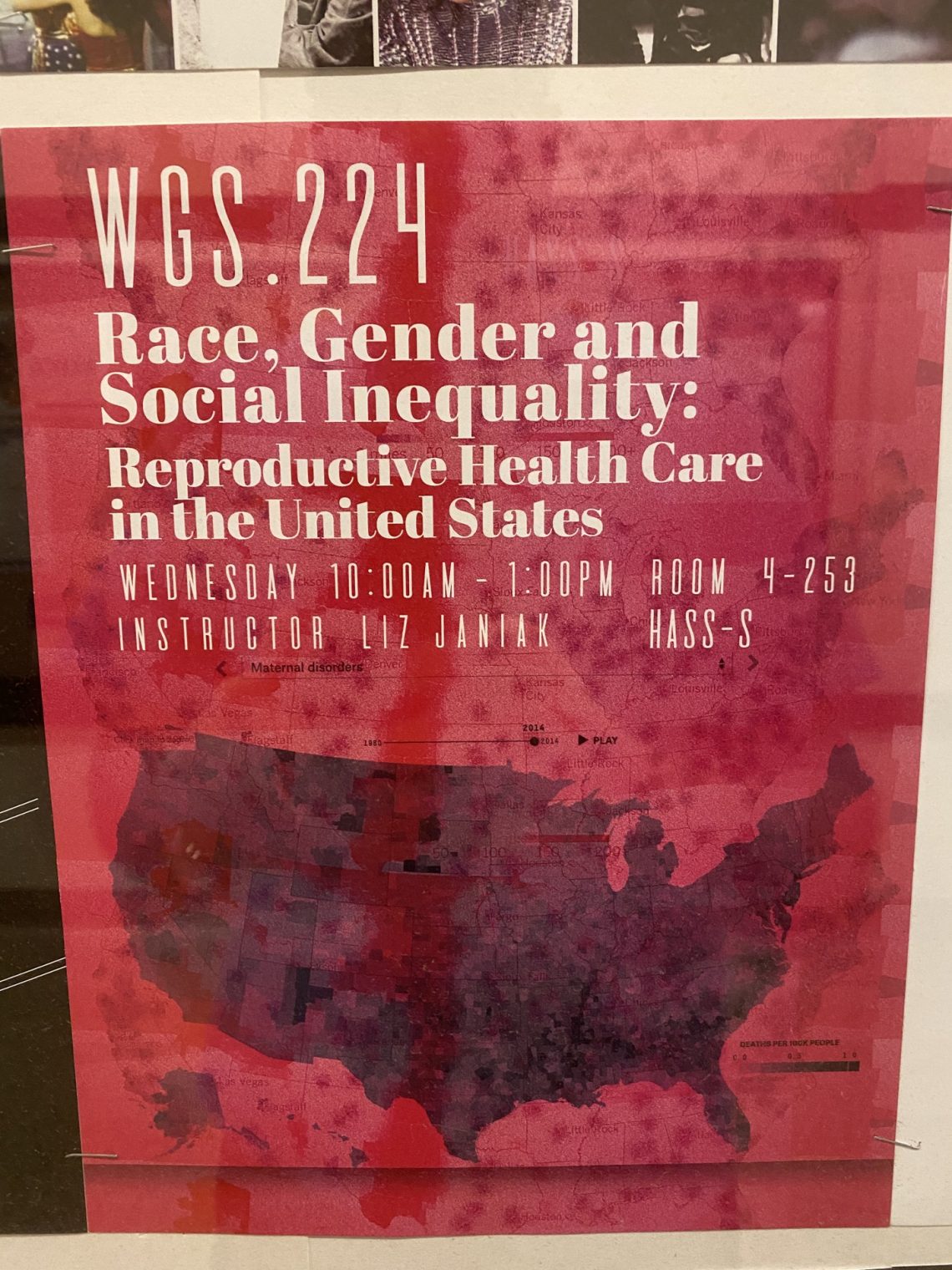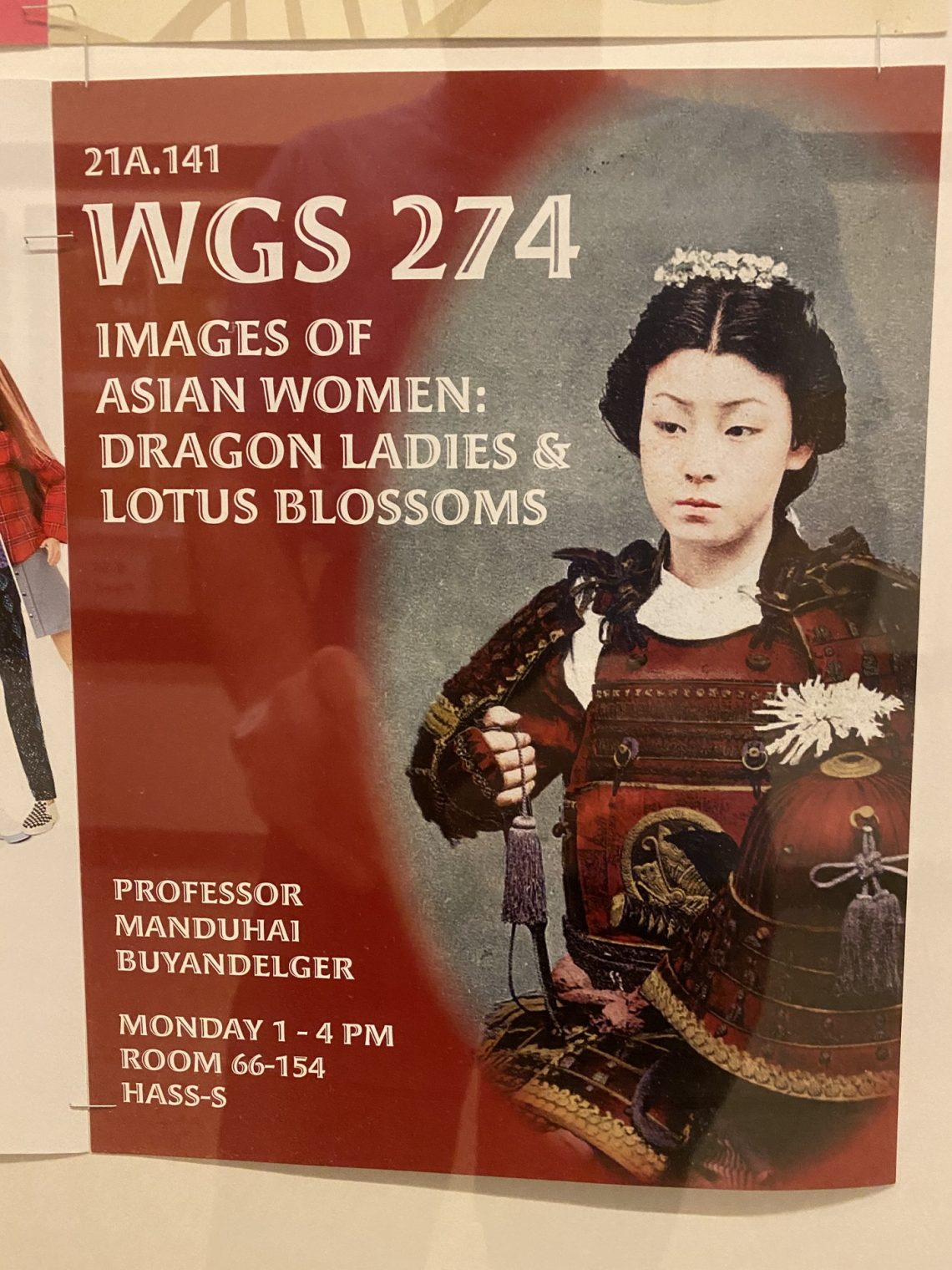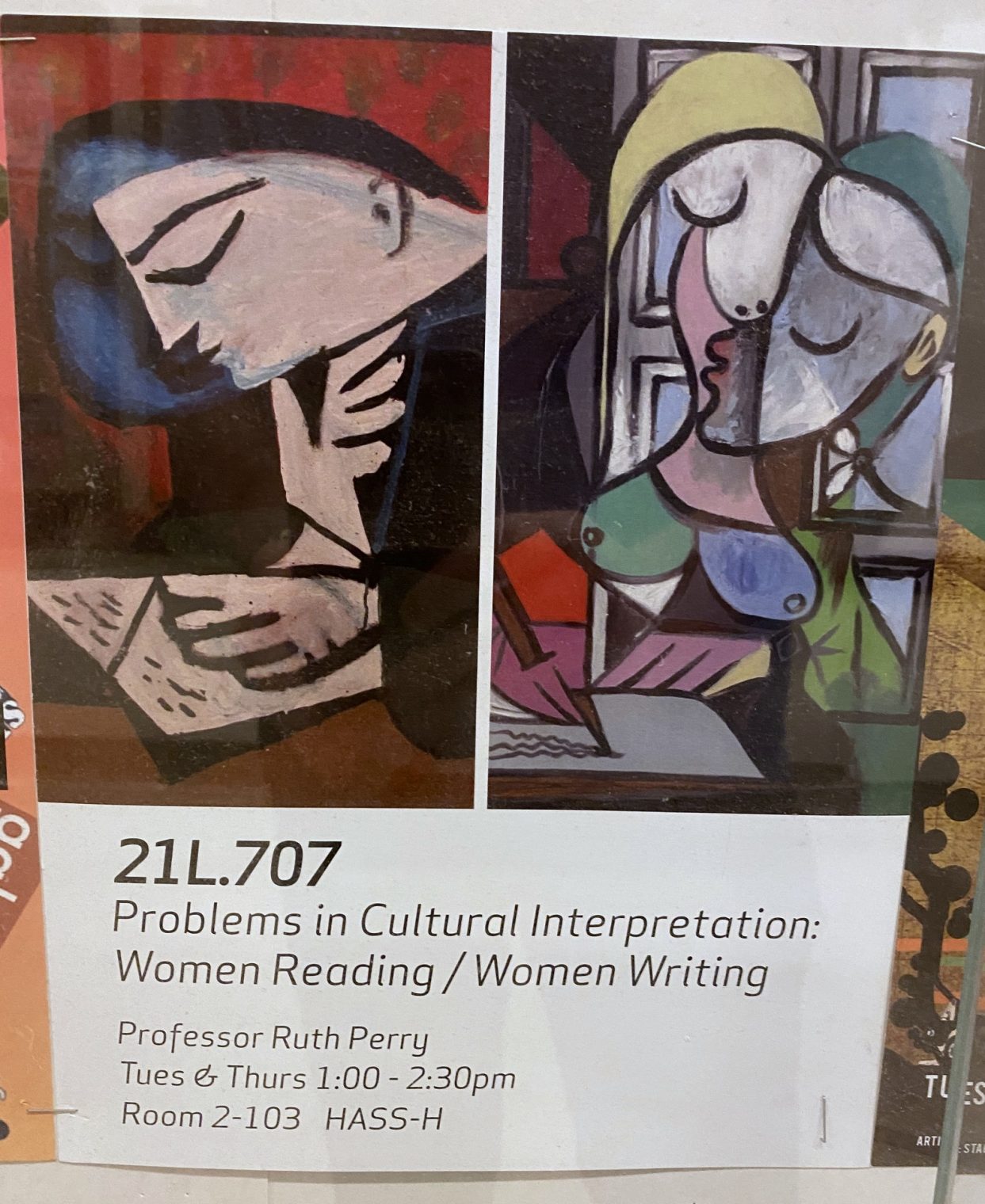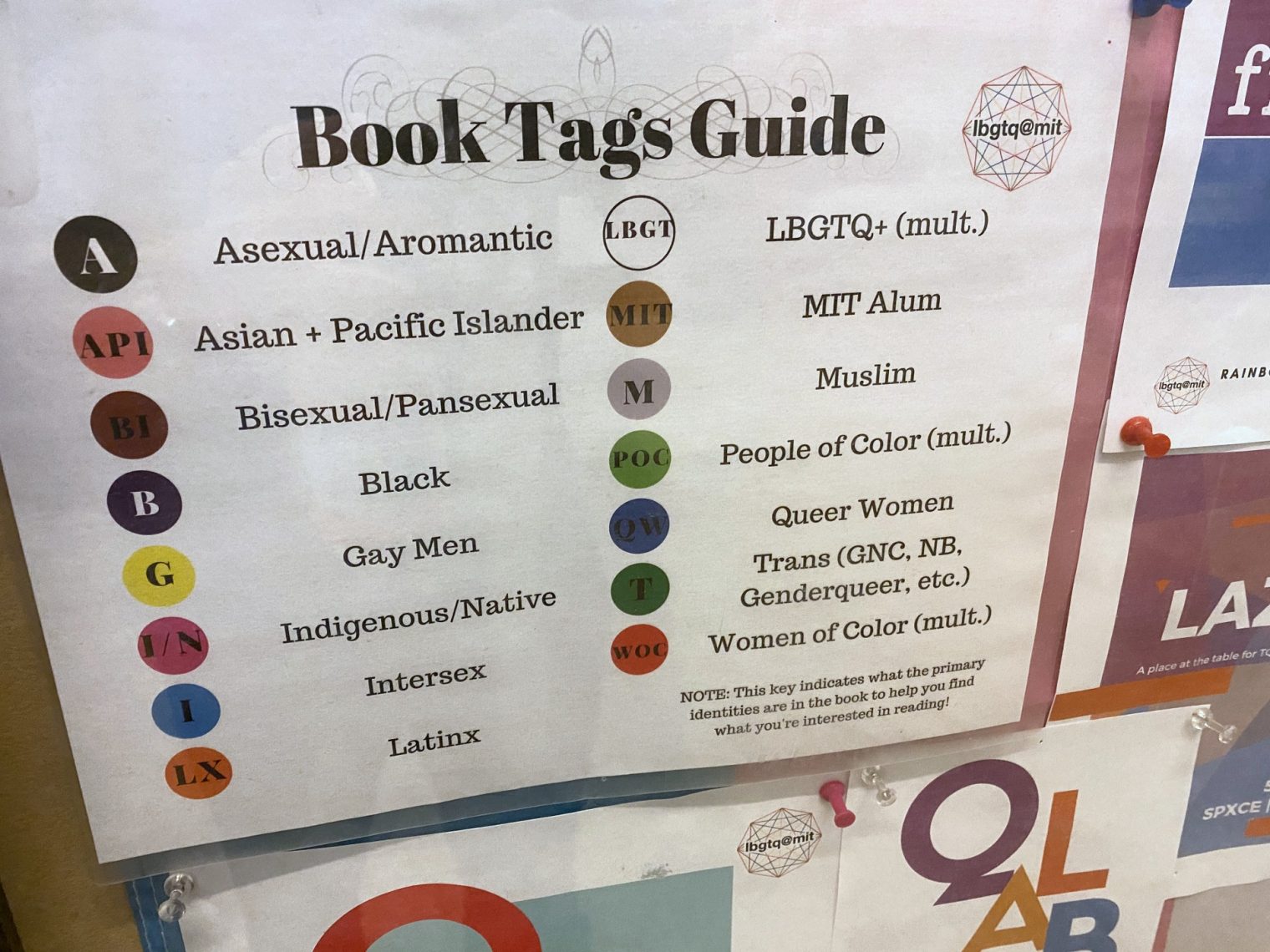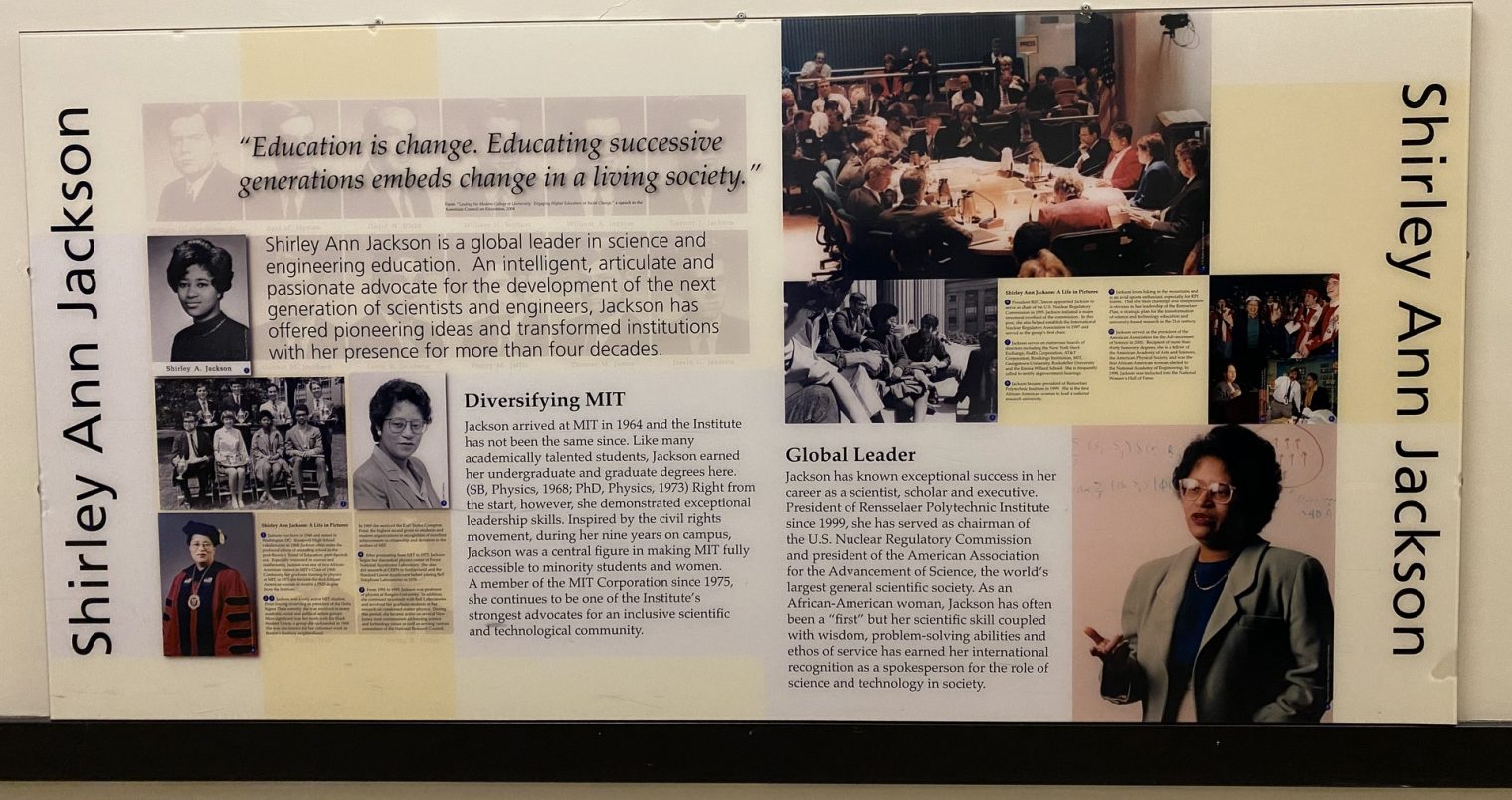Mining Oxygen on Mars
From a Valentine’s Day talk by Jeffrey Hoffman, an astronaut-turned-professor who is now part of an effort to mine oxygen out of the Martian atmosphere…. If the MOXIE system works and Blue Origin gets humans to Mars, they can come back without having had to pack 80 percent of their rocket fuel for the trip home.
Professor Hoffman explained that, though there is plenty of water in the Martian crust it takes too much energy to extract it. Thus, the plan is to “mine” the atmosphere, which is 96 percent CO2 (should be toasty warm from the greenhouse effect, except that atmospheric pressure is comparable at the Martian surface to what we have at 100,000′ above sea level).
Hoffman and collaborators’ experiment will launch in July 2020 and land in February 2021. The Mars journey will also be 7 months for humans, kind of like being on a cruise ship in Asia right now. The shocking news for movie fans is that The Martian is not scientifically accurate. The dramatic wind that forces an evacuation and is blowing stuff around would have to move at 1,000 mph to have enough force, given the thin atmosphere. In fact, the highest recorded winds on Mars are roughly 60 mph.
As with other astronauts I’ve talked to recently, Hoffman is not a fan of centralized government-run rocketry. Regarding the SLS, which promises to cost taxpayers $20 billion at least: “Maybe they will launch it a few times. It is Saturn V technology.” In his view, SpaceX and Blue Origin are where the innovation happens. The government “monopoly” had cost us decades of potential progress.
One thing I learned: this next Mars mission will include a helicopter! Also, landing on Mars is a combination of the worst features of the Earth and Moon. There is the friction from entering the atmosphere, as on Earth, but not enough atmosphere to slow down with wings or a regular parachute.
Sidenote: Hoffman first came to MIT because of Walter Lewin, whose physics lectures are now securely in a memory hole due to #MeToo issues.
Hoffman flew on five Shuttle missions, logged 1,211 hours in space, and did multiple spacewalks, including one to fix the Hubble telescope. An example of “bravery”? Perhaps not. There’s a talk on real bravery today at 4 pm:
What else do we find in the corridors at MIT? “The Trump administration is the noxious product of the capitalist system” (but didn’t most of the Wall Street capitalists support Hillary?)
A poster on “ethnomathematics”:
(If these “traditional and indigenous societies” are doing interesting stuff, why isn’t it just “mathematics”? Why do they need a special numbers nerdism ghetto?)
We crashed a Valentine’s Day party for a group of PhD students in Electrical Engineering and Computer Science. Hollywood-style background:
The future engineering PhDs pour themselves coffee:
Circling back to Professor Hoffman… As with other retired astronauts I have met, this guy is incredibly fit and sharp at age 75. Makes one wonder why humans age at all. If we can live to 75 with hardly any deficits accumulating, why can’t we live to 750? If nearly all of us drop dead by 100, why don’t we drop dead at 10? Most of our cells have to go through at least one replacement cycle by age 10, right?
Full post, including comments